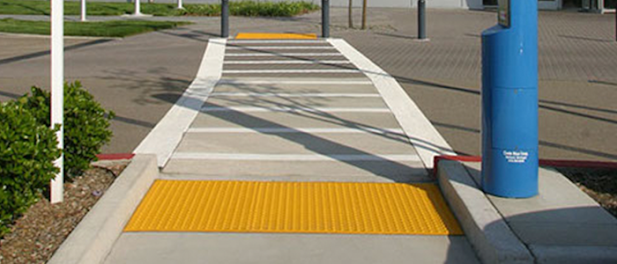Enhancing Accessibility with ADA Approved Detectable Warning Surfaces

In the realm of accessibility and safety, ADA approved detectable warning surfaces play a pivotal role in creating inclusive environments for all. These tactile paving solutions are designed to assist individuals with visual impairments, promoting safe navigation and independence. In this article, we will delve into the significance of ADA approved detectable warning surfaces and explore their various applications. Understanding ADA Approved Detectable Warning Surfaces ADA (Americans with Disabilities Act) compliant detectable warning surfaces are specialized tactile tiles or panels installed on pedestrian pathways, transit platforms, and other public spaces. These surfaces feature a distinct pattern of raised domes or truncated domes, providing a tactile indicator for individuals with visual impairments. The purpose of these detectable warnings is to alert pedestrians about upcoming changes in the walking environment, such as approaching intersections, transit platform edges,


